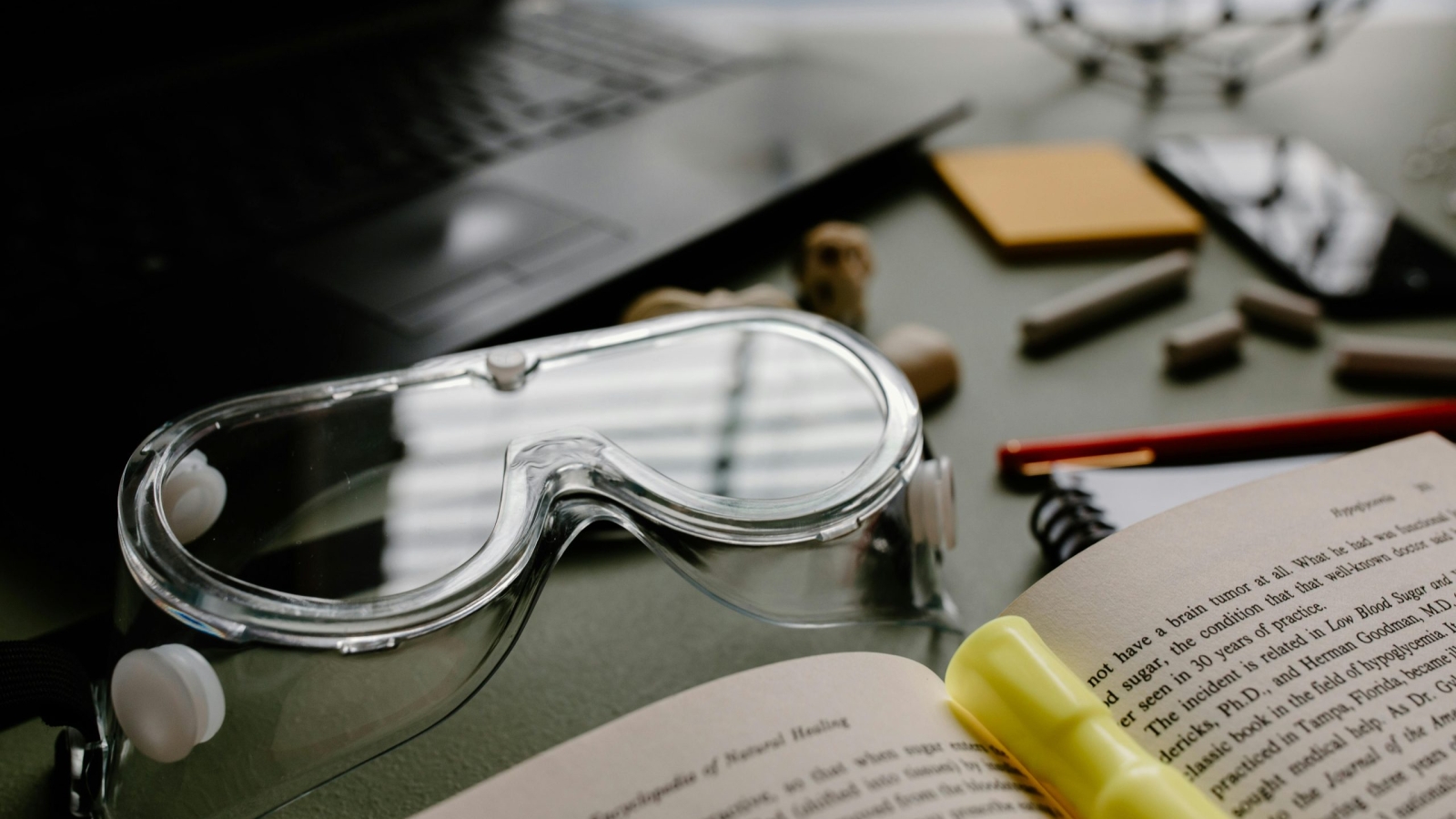Field trips have long been a staple of education, providing students with experiences beyond the classroom. But why are they so effective? Research shows that travel-based learning improves engagement, enhances memory retention, and fosters deeper understanding of subjects. In short, school trips are more than just a break from routine—they are powerful tools that stimulate cognitive and emotional growth.
Let’s explore the science behind why school trips are essential for student learning.
1. How Travel Stimulates the Brain
Studies in neuroscience have shown that new experiences activate multiple areas of the brain, strengthening memory and learning. When students visit a new location, their brains process information differently than when they learn from a textbook or lecture.
- Multisensory Learning: Seeing, hearing, touching, and even smelling aspects of a new environment engage multiple senses, helping students retain information more effectively.
- Dopamine and Engagement: Novel experiences trigger the release of dopamine, a neurotransmitter associated with motivation and learning, making students more receptive to new information.
For example, a student reading about marine life in a textbook may retain some facts, but visiting an aquarium and observing live sea creatures makes the knowledge far more memorable.
2. Strengthening Memory Through Experience
Cognitive research shows that experiences form stronger and longer-lasting memories than passive learning. This is due to a phenomenon called experiential learning, where students absorb information through direct interaction with their environment.
- When students explore a historical site, they connect facts with physical locations, making history more tangible.
- Science field trips allow students to conduct hands-on experiments, reinforcing abstract concepts through real-world application.
A study by the University of Arkansas found that students who participated in museum visits demonstrated stronger critical thinking skills, improved retention of factual knowledge, and a greater appreciation for art and culture compared to their peers who did not go on trips.
3. Enhancing Problem-Solving and Critical Thinking
Field trips challenge students to think on their feet and adapt to new situations, which fosters critical thinking and problem-solving skills.
- Decision-Making: Navigating an unfamiliar environment encourages students to make decisions, whether it’s reading a map or managing their time effectively.
- Analyzing Real-World Problems: Trips to science centers, nature reserves, or historical sites expose students to real-world issues, prompting discussions about solutions and consequences.
For instance, a visit to a nature conservation center might inspire students to think about environmental sustainability and brainstorm ways to protect natural habitats.
4. Boosting Social and Emotional Learning
Education isn’t just about academic knowledge; it’s also about developing interpersonal and emotional skills. School trips provide a unique setting for students to build confidence, teamwork, and communication skills.
- Collaboration: Group activities during trips promote teamwork, as students work together to solve challenges.
- Independence: Being outside their usual classroom environment encourages students to take responsibility for their learning and behavior.
- Empathy and Cultural Awareness: Exposure to new communities, cultures, or historical perspectives helps students develop empathy and a broader worldview.
According to a study by the Education Endowment Foundation, students who engage in learning outside the classroom show improved social skills and higher motivation levels when they return to school.
5. Bridging the Gap Between Theory and Practice
One of the biggest challenges in education is ensuring that students understand how classroom lessons apply to real-world scenarios. Field trips provide this essential connection.
- Math in Action: A visit to a financial institution or a marketplace can show students how mathematical concepts are used in budgeting and economics.
- Science in the Real World: A trip to a renewable energy facility demonstrates how physics and engineering principles are applied in sustainability efforts.
- History Comes Alive: Exploring historical landmarks allows students to walk through the past rather than just reading about it.
By seeing these concepts in action, students are more likely to appreciate their relevance and remember them long-term.
Final Thoughts: Why School Trips Should Be a Priority
While traditional classroom learning is essential, school trips offer unique benefits that textbooks and lectures cannot replicate. They engage students in hands-on learning, strengthen memory, develop critical thinking, and enhance social skills.
Schools should continue to prioritize well-planned trips that align with curriculum goals, ensuring students gain both academic knowledge and real-world experience. After all, learning doesn’t just happen in a classroom—it happens everywhere.
Would you like help planning an engaging and educational school trip? Visit OEEA.co.za to explore a range of options designed to bring learning to life. 🚀


Leave A Comment